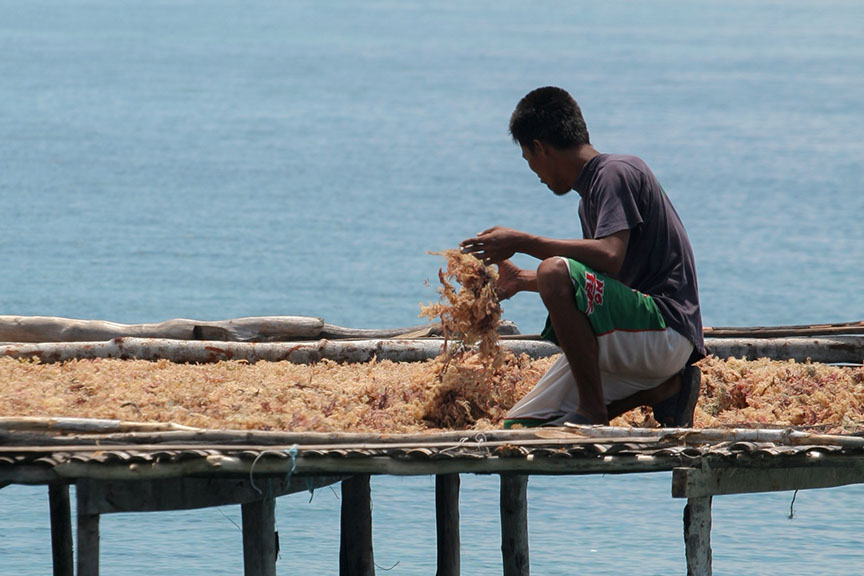GENERAL SANTOS CITY (MindaNews / 6 July)—The Bangsamoro Autonomous Region in Muslim Mindanao (BARMM) and the Zamboanga Peninsula (Region 9) were the country’s top two fisheries producing regions for the first quarter of 2023, data from the Philippine Statistics Authority (PSA) showed.

The two Mindanao regions contributed a combined 43.2 percent in total fisheries production during the period.
Of the 991,140 metric tons produced during the period, the Bangsamoro region contributed 31.6 percent or 313,200 MT followed by Zamboanga Peninsula with 11.6 percent (114,972 MT).
Central Luzon contributed 10.8 percent and Region 4 (CALABARZON) with 8.6 percent. The rest, 37.4 percent, was the combined output of the other fisheries producing regions in the country.
For the same period last year, the Bangsamoro region was also the country’s top fisheries producer.
Seaweeds is the top contributor to the volume of fisheries production for the first quarter of 2023 with 366,760 MT, followed by tilapia with 100,230 MT, milkfish with 62,570 MT, bali sardinella with 55,600 MT and skipjack tuna with 54,680 MT.
BARMM, with Tawi-Tawi province, is the country’s major producer of seaweeds. The other provinces in the Bangsamoro region are Maguindanao del Sur, Maguindanao del Norte, Lanao del Sur, Basilan and Sulu.
According to the Second Quarter 2021 aquaculture production in the Bangsamoro region released by the PSA in May 2022, seaweeds contributed 81.74 percent of the total value of regional aquaculture production during the period, valued at P1.025 billion.
Pendatun Patarasa, Ministry of Agriculture, Fishery and Agrarian Reform (MAFAR) director general for fishery services, attributed BARMM’s fisheries performance to the strengthened collaboration between relevant government instrumentalities, private sector, fisherfolk and other stakeholders.
“The factors in sustaining the fisheries production increase are the continuing technical assistance and capacity building, provision of appropriate production support on capture, aquaculture, and post-harvest and marketing to the fisherfolk,” Patarasa said in a report from the Bangsamoro Information Office released Wednesday.
He added the MAFAR also strengthened the fishery regulations, quarantine and law enforcement across the region, which helped sustain its fisheries production.
Patarasa said that to be able to sustain the gains of the fisheries sector, the ministry “needs to double its efforts to ensure the implementation of plans and programs to maximize its contribution towards improving the regional economy, increasing fisherfolk’s income, and achieving a food secure Bangsamoro region.”
BARMM recorded the highest fishery production in the entire Philippines for two consecutive years in 2021 and 2022, contributing 30.57% and 41.27%, respectively. (Bong S. Sarmiento / MindaNews)







